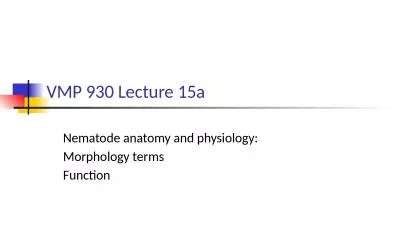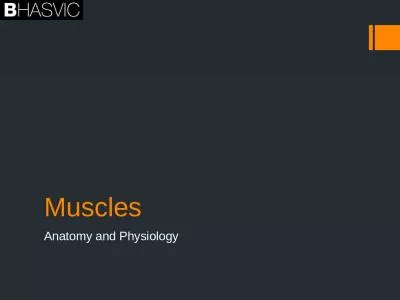PPT-Muscle Anatomy and Physiology
Author : marina-yarberry | Published Date : 2018-12-16
Muscular System Functions Body movement Maintenance of posture Respiration Production of body heat Communication Constriction of organs and vessels Heart beat Properties
Presentation Embed Code
Download Presentation
Download Presentation The PPT/PDF document "Muscle Anatomy and Physiology" is the property of its rightful owner. Permission is granted to download and print the materials on this website for personal, non-commercial use only, and to display it on your personal computer provided you do not modify the materials and that you retain all copyright notices contained in the materials. By downloading content from our website, you accept the terms of this agreement.
Muscle Anatomy and Physiology: Transcript
Download Rules Of Document
"Muscle Anatomy and Physiology"The content belongs to its owner. You may download and print it for personal use, without modification, and keep all copyright notices. By downloading, you agree to these terms.
Related Documents

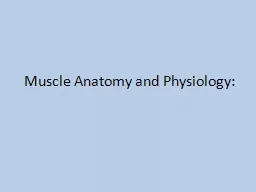
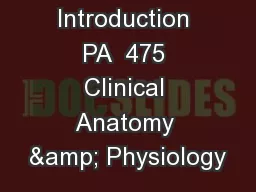
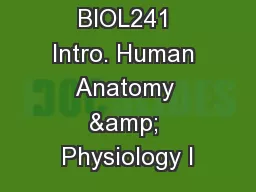
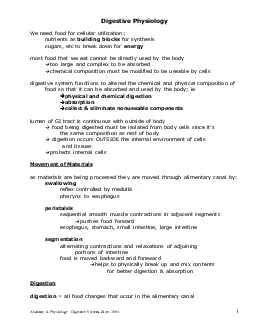
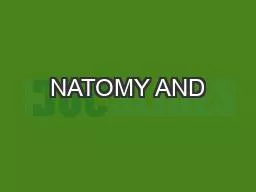
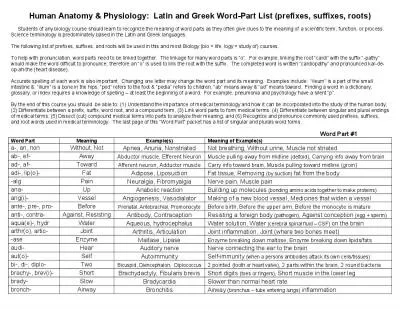
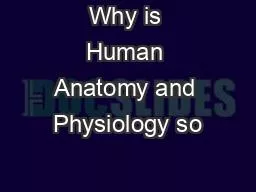
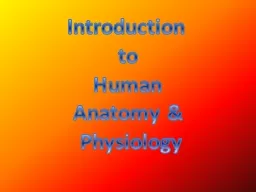
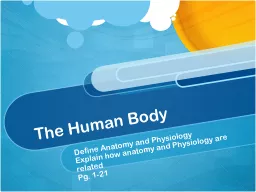
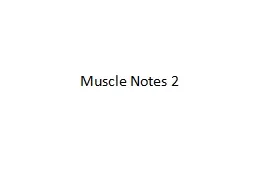
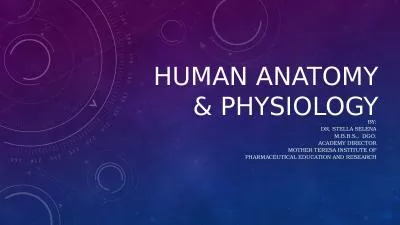
![[DOWNLOAD] Human Anatomy Coloring Book: Bones. Medical Notes | Detailed illustrations](https://thumbs.docslides.com/1006987/download-human-anatomy-coloring-book-bones-medical-notes-detailed-illustrations-learn-the-skeletal-system-anatomy-and-physiology-coloring-workbook-with-nurses-doctor-and-all-lovers-of-anatomy.jpg)
